sol2070 wants to read Notes on Complexity by Neil Theise
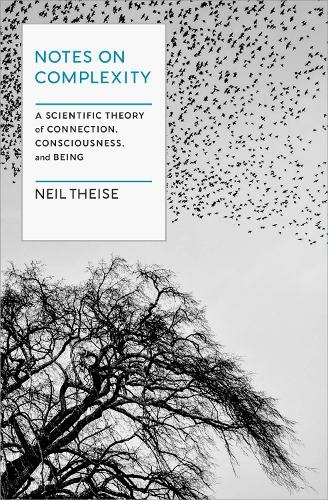
Notes on Complexity by Neil Theise
A brief synopsis of everything. The author fuses quantum theory, biology, astronomy, Zen Buddhism, Kabbalah, and more to explain why …
Costumo ler fic-spec, filosofia, sobre natureza, política, tech etc. Mais livros no blog → sol2070.in/livros Também escrevo ficção científica → fic.sol2070.in/ Mastodon → @[email protected] Clube do livro Contracapa → contracapa.club
This link opens in a pop-up window

A brief synopsis of everything. The author fuses quantum theory, biology, astronomy, Zen Buddhism, Kabbalah, and more to explain why …
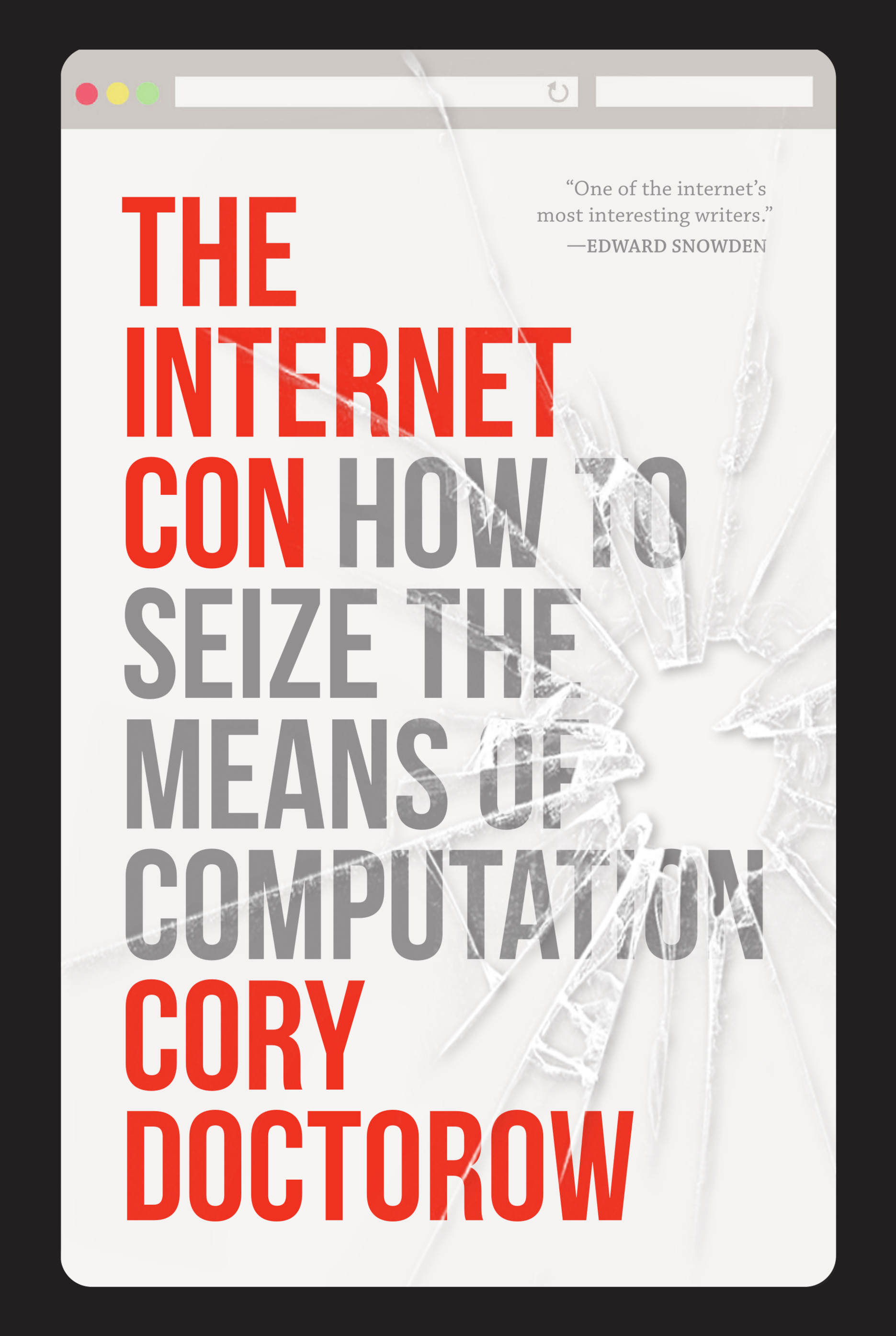
When the tech platforms promised a future of "connection," they were lying. They said their "walled gardens" would keep us …
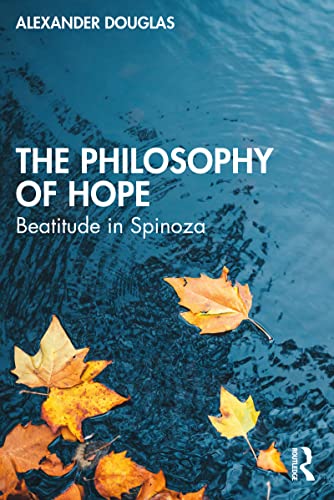
Can philosophy be a source of hope? Today it is common to believe that the answer is no – that …
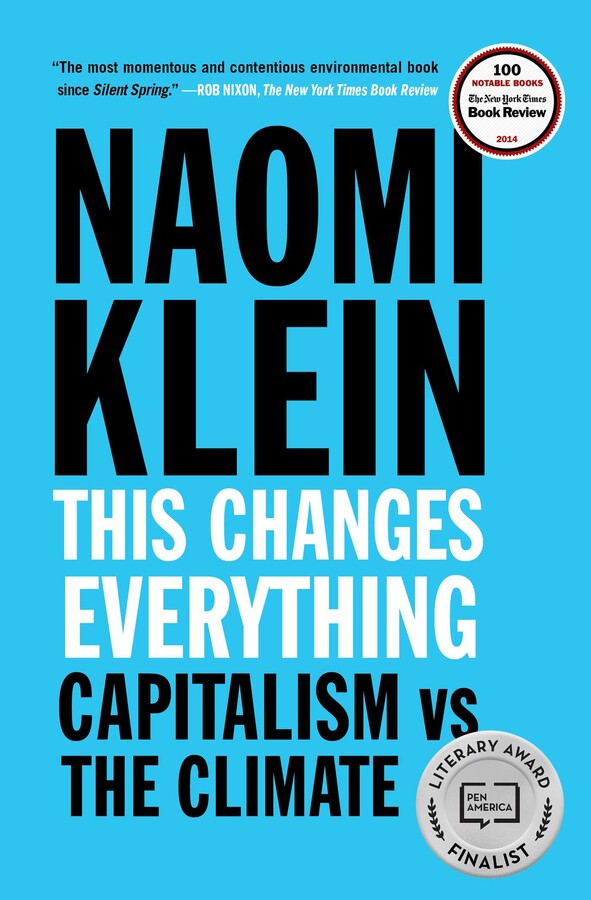
In This Changes Everything Naomi Klein argues that climate change isn’t just another issue to be neatly filed between taxes …

In This Changes Everything Naomi Klein argues that climate change isn’t just another issue to be neatly filed between taxes …
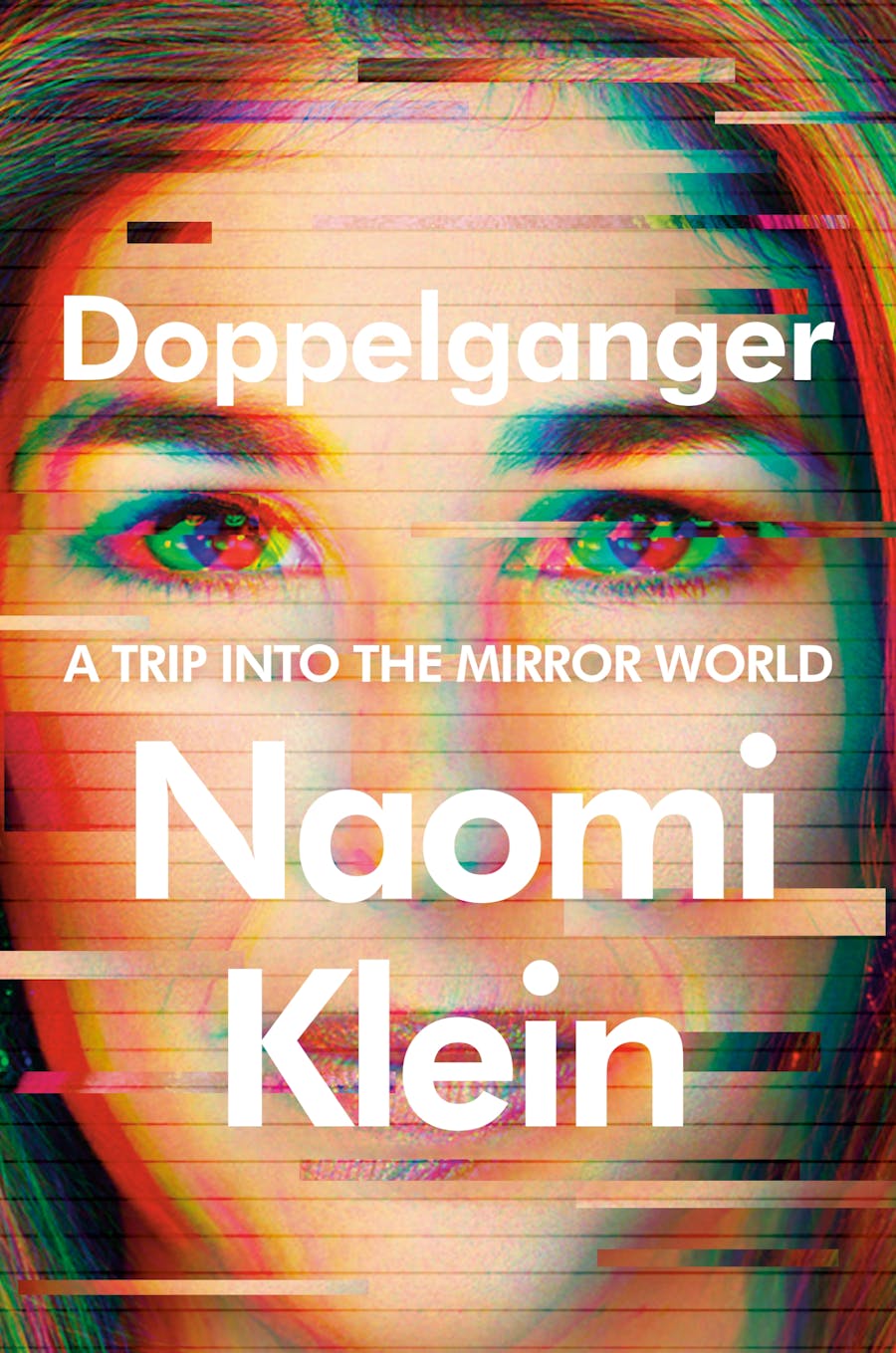
What if you woke up one morning and found you’d acquired another self—a double who was almost you and yet …
(em português → sol2070.in/2023/09/O-segredo-das-%C3%A1rvores)
I think "The Overstory" (2018), by Richard Powers, was the best fiction I've ever read. "I think" because I didn't stop to create a ranking, but I can't remember anything so powerful.
I finished a second reading with a more intense impression than the first. In recent years, this was one of the only books I wanted to re-read immediately after finishing -- the other was Jeff Vandermeer's "Southern Reach" trilogy.
They say that the perfect book is the one you finish with the feeling of not being the same person anymore. A critic said that about "The Overstory" and, yes, absolutely. The work -- which won the Pullitzer Prize for best fiction in 2019 -- manages to open up perception and empathy with other beings in this profound dimension of the interconnectedness of life.
It's a story that gradually interconnects the lives of nine people …
(em português → sol2070.in/2023/09/O-segredo-das-%C3%A1rvores)
I think "The Overstory" (2018), by Richard Powers, was the best fiction I've ever read. "I think" because I didn't stop to create a ranking, but I can't remember anything so powerful.
I finished a second reading with a more intense impression than the first. In recent years, this was one of the only books I wanted to re-read immediately after finishing -- the other was Jeff Vandermeer's "Southern Reach" trilogy.
They say that the perfect book is the one you finish with the feeling of not being the same person anymore. A critic said that about "The Overstory" and, yes, absolutely. The work -- which won the Pullitzer Prize for best fiction in 2019 -- manages to open up perception and empathy with other beings in this profound dimension of the interconnectedness of life.
It's a story that gradually interconnects the lives of nine people with trees. The main difference is that it positions these plants as a kind of central character, in an active and almost demiurgic way.
As the author says, we imagine that reality is what we perceive in front of us. The problem with this view is that it is limited to the time of human perception. Trees, on the other hand, move, "talk" and even store memories on a much slower scale, to the point of being almost invisible. Only in the last few decades have things like tree communication, cooperation and intelligence begun to be seriously studied.
An old scifi pulp story, mentioned in passing in the book, illustrates this human blindness. Earth is invaded by an advanced alien species that is not only tiny, but very fast. One human second is equivalent to one year of these aliens. They perceive people as gigantic statues. They try to study them and even communicate, but get no response. Concluding that there is no sentience there, they destroy everything to feed themselves.
There is another passage that demonstrates this central theme: life that is able to recognize itself in other forms of life. In the book, a lawyer mentions that the history of humanity could be summed up in the gradual expansion of rights to people who previously had none. In ancient times, children were not considered people. Then they were. Then women, black people, native peoples, non-binary, etc. In countries with advanced culture, such as New Zealand, sentience is now being legally extended to various animals.
This book manages to convey the experience that nature, and especially plants, go far beyond being mere resources. We are all sentient beings. "Overstory" is a botanical term that refers to the upper cover of a forest but, considering the words involved, it could also means "all-encompassing story".
Fortunately, the book fully transcends ecological pamphleteering. Powers is one of America's most renowned authors. "The Overstory" is so well written that it makes the bestseller books sound like kids' writing. As I read, I remembered that the last time I came across such literary beauty was "Underworld", by Don DeLillo, or "Gravity's Rainbow", by Thomas Pynchon -- two celebrated novelists to whom Powers is often compared. For me, this was an aesthetic explosion because I don't usually read high literature, preferring to be entertained by "cheaper" things.
In addition to the enchanting writing, this book also shines in meaning, painting ecology in cosmo-existential tones. It basically delivers the great transcendent-immanent experience that I always mention - when I comment about Spinoza, psychedelics, philosophy of consciousness etc. It often provokes tears, not for sad or beautiful unfoldings, but for emotions as vast as life.
When I read it for the first time, about three years ago, I liked it so much that I couldn't put it down and finished it in a few sittings. Now, in the second edition, many other aspects have opened up, such as the magic of the sentences, the depth of the characters, symbolism, new connections between apparently separate stories...
At one peak moment, literally, of the story, an activist camped out in civil disobedience on top of a giant sequoia with his new life partner, who is a kind of modern prophetess, amidst the rubble of the socio-environmental saga in which his existence has been turned upside down, admits with nostalgia something like: "I think the curve of my life has just reached its peak. Everything that comes after will never compare...". "The Overstory" manages to transfuse emotions like this directly into the heart.
It's a shame about the current decline of the Brazilian publishing market, which is lacking so many exceptional books like this one. The good news is that the producers of the acclaimed series "Game of Thrones", who say they love this book, are going to adapt it into a Netflix miniseries.
This will come after another fabulous adaptation they are finalizing, that of the scifi trilogy "The Three Body Problem". I think this is the best "first contact" story I've ever read, but that's for another post.
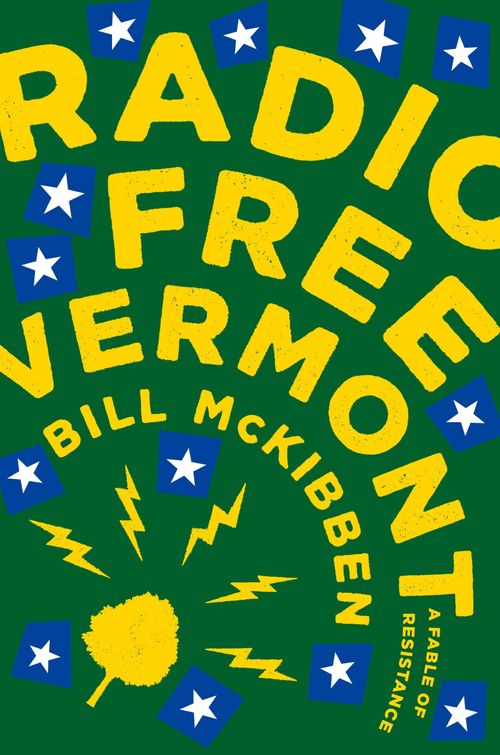
"A book that's also the beginning of a movement, Bill McKibben's debut novel Radio Free Vermont follows a band of …
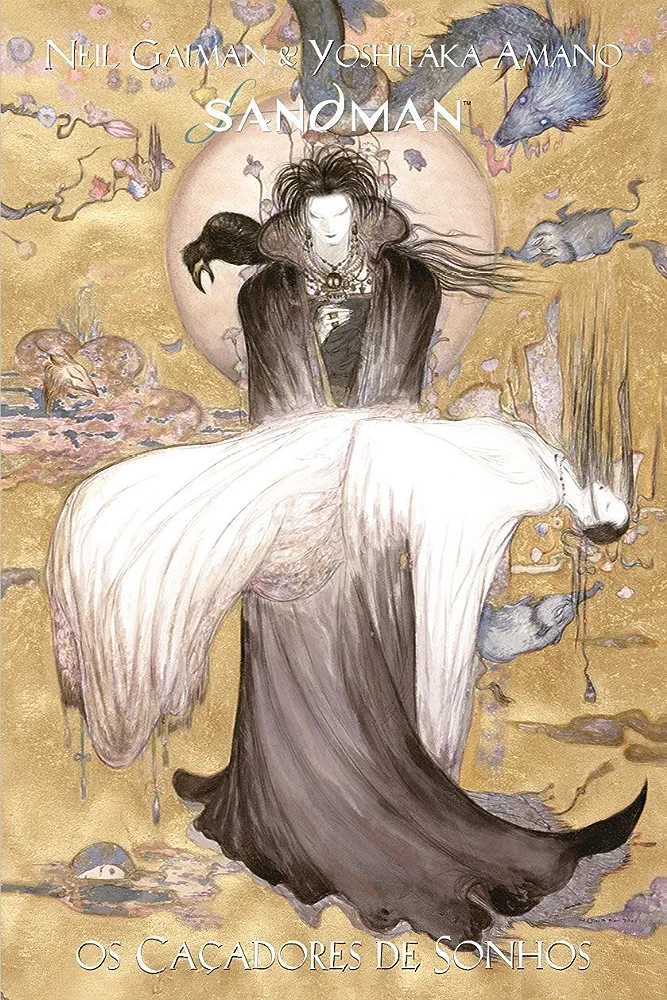
Quando Neil Gaiman resolveu adaptar uma antiga lenda japonesa perdida, Yoshitaka Amano – o célebre artista oriental – era a …
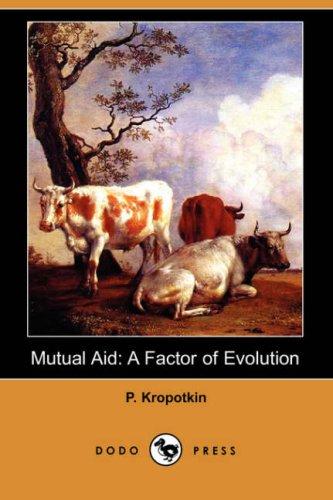
Mutual Aid: A Factor of Evolution is a 1902 collection of anthropological essays by Russian naturalist and anarchist philosopher Peter …
(em português → sol2070.in/2023/09/Fic%C3%A7%C3%A3o-cient%C3%ADfica-como-sempre-quis )
"The Actual Star" (2022), by Monica Byrne, is the kind of book I'm always looking for in science fiction, but rarely find. It combines several of the topics that interest me most today: post-apocalyptic utopia, anarchism, psychedelics, climate emergency, regenerative technologies, cosmo-spiritual questions, etc.
The summary doesn't look like much: three interconnected stories set a thousand years apart - in 1012, 2012 and 3012 - that use Maya mythology to talk about reincarnation, collapse and regeneration. In fact, as soon as I read the synopsis, I wished distance, imagining something new age, with "age of Aquarius", Maya calendar, or "conspirituality". At the very least, it sounded like a hackneyed story, like that average movie "Cloud Atlas" (2012), by the Wachowski, or the great "The Fountain" (2006), by Darren Aronofsky.
But I saw a lot of effusive praise, even from people I admire like Kim Stanley …
(em português → sol2070.in/2023/09/Fic%C3%A7%C3%A3o-cient%C3%ADfica-como-sempre-quis )
"The Actual Star" (2022), by Monica Byrne, is the kind of book I'm always looking for in science fiction, but rarely find. It combines several of the topics that interest me most today: post-apocalyptic utopia, anarchism, psychedelics, climate emergency, regenerative technologies, cosmo-spiritual questions, etc.
The summary doesn't look like much: three interconnected stories set a thousand years apart - in 1012, 2012 and 3012 - that use Maya mythology to talk about reincarnation, collapse and regeneration. In fact, as soon as I read the synopsis, I wished distance, imagining something new age, with "age of Aquarius", Maya calendar, or "conspirituality". At the very least, it sounded like a hackneyed story, like that average movie "Cloud Atlas" (2012), by the Wachowski, or the great "The Fountain" (2006), by Darren Aronofsky.
But I saw a lot of effusive praise, even from people I admire like Kim Stanley Robinson and Cory Doctorow. I discovered that there's even an anarchist utopia and decided to give it a go. When I finished it, I got that feeling from the first paragraph; this is my kind of book.
The scifi setting is an extremely reduced, resilient and advanced civilization that has managed to overcome capitalism. While there are no governments, exploitation or hierarchies of power, a salvationist religion predominates, with its origins in 2012, dating back to the Maya.
The pace is uneven. There are page-turning sequences, and many that aren't so intense, describing scenarios, conversations, etc. But it's the kind of book that only reveals its full value at the end.
My worst expectations were shattered several times. I imagined that perhaps the story would glorify Maya culture, as is usually the case with new age tales. But no. There is an intense immersion, quite educational even, in an aspect considered repulsive, that of rituals with human sacrifice. It kind of blew my mind: there's a whole dimension to this that I was completely unaware of.
As the author has a background in science and the study of religions, I also feared that the story might be heading towards the commonplace of deconstructing religious myths. But wow... it's so much more than that!
The book is very current because it includes a planetary context of the "cli-fi" type (climate fiction). Nowadays, when I see an apocalyptic story that ignores this, inventing some other reason for the disastrous situation, I disregard it.
The futuristic part is not easy to follow. It involves perhaps hundreds of new words (the glossary at the end is essential). But the innovations in language are quite interesting. They accompany a gender evolution where everyone is intersex, at least physiologically, and reflect cultures from the global South that have come to dominate (decolonization is a central theme in the story), as well as fantastic technologies - for example, augmented reality in conjunction with endogenous doses of psilocybin, or extrasensory lobes.
There is also a lot of dialogue in Kriol, a dialect of Belize, in Central America, with similarities to English, which for English speakers is already very difficult to understand. For me, almost all of these sentences went unheard. But I was able to follow the story.
People were also offended by the intensely explicit descriptions of sex and mutilation. It really isn't for everyone's taste, but nothing that distracts too much from the plot.
Entropy A central element that I loved, and which has kept me thinking until now, was the discussion of entropy, the fact that every organized system faces a constant movement of degeneration. This is extrapolated to cosmological (e.g. the expansion of the universe into an icy void), spiritual (the mandatory separation from a primordial union) or social dimensions.
I was thinking a lot about a Hindu religious cosmology that is only indirectly referred to in the story. In this allegory, the creation of the universe was a game that the absolute divinity invented because she was bored. She would then forget that she is everything, omniscient and omnipresent, and let herself be fragmented into infinite particles and instants of limited consciousness. The extreme delight of this game would be the rich variety, instead of a static singularity, the dazzle of existence and self-discovery. Thus, existing is a game of divine pleasure. Each discovery or experience possesses a playful cosmic delight. (There's a whole book by the great Alan Watts ("The Book"), which is excellent, with a secular interpretation of this myth).
This cosmological allegory also appears a lot in reports of psychedelic journeys, even when the person doesn't know anything about Hinduism. There, they directly perceive and recognize every movement, including their own, as the cosmos, along with its meaning.
In the book, a character asks:
— How could anything know itself if it didn't separate?
This reference to the beauty that exists in separation, in entropy, is also something very significant in philosophical idealism, the idea that the nature of reality is mental, not material. There is the appearance that experiences and phenomena are separate from consciousness, but a thorough examination can reveal otherwise.
The book ends with the best final sentence I've ever read (no danger of spoilers):
— How had she ever forgotten?—that it was just as much pleasure to disperse as be whole.

Galatea 2.2 is a 1995 pseudo-autobiographical novel by American writer Richard Powers and a contemporary reworking of the Pygmalion myth. …